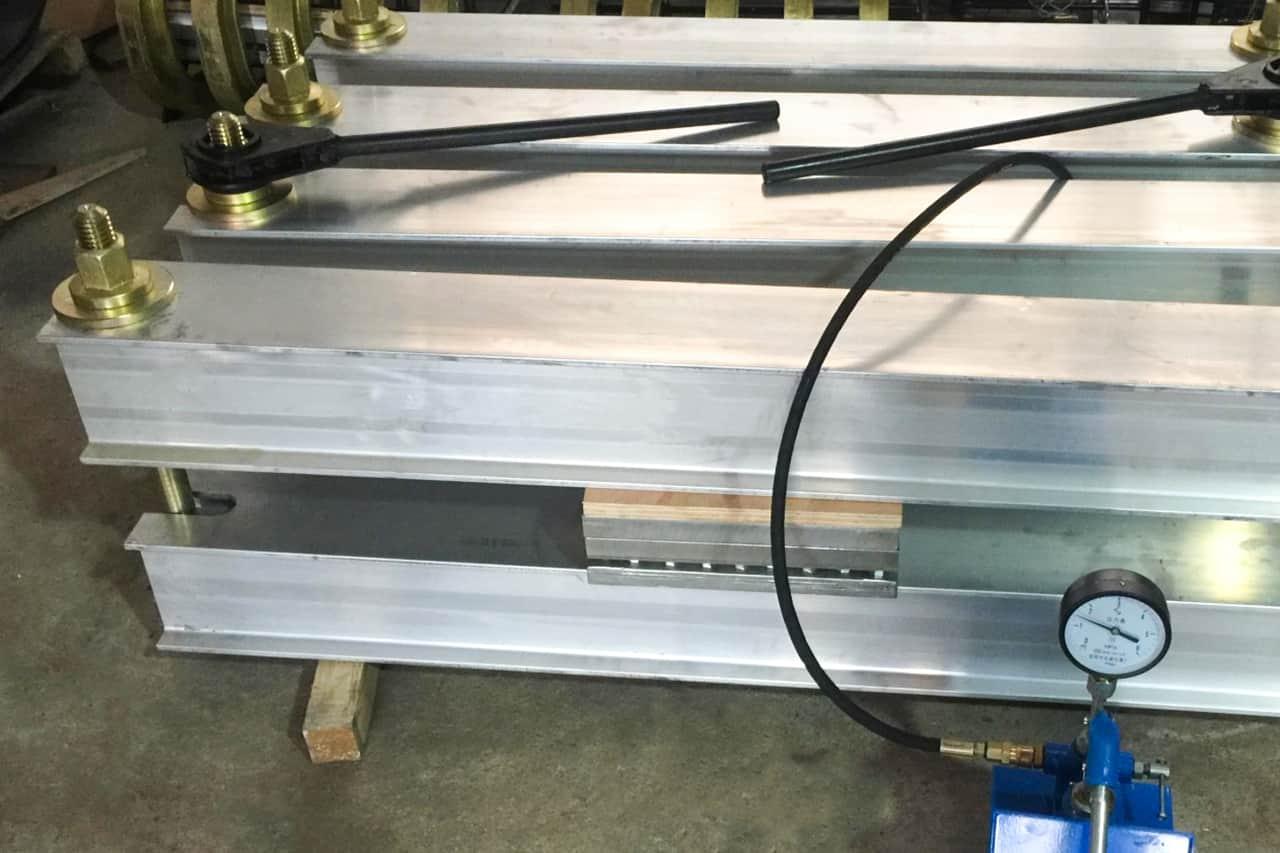
Operation steps of rubber conveyor belt joint:
Before hot pressing:
- Lay a layer of Teflon heat-resistant cloth on the lower steel plate, then lay the toothed belt joint (which has been bonded with an air gun) on the hot press, and place the joint on the middle line of the template. So that both sides of the wiring are heated evenly. After the belt to be connected is paved, a small piece of belt waste of the same thickness is added on both sides to avoid the overflow of melted PVC raw materials, resulting in the thinning of the belt edge after connection. As shown in the figure:
- Lay another sheet of Teflon on the belt. (the function of Teflon is not to bond with melted PVC, high-temperature resistance, fast heat transfer, and even heating)
- Cover the upper steel plate, fasten the black clasps at both ends, make the upper and lower steel plates tightly, and adjust the barometer to 1.5 MPa.
- Turn on the power switch. Set the target temperature, alarm temperature (the system default is 2 degrees lower than the target temperature), and cooling temperature (generally set to 60 degrees), and set the holding time, which is generally 5 minutes. When the temperature rises to the alarm temperature, the temperature control box will stop heating and turn to the holding state. After the holding time, the water pump starts to pump water to cool the machine. When the temperature drops to the cooling temperature, the whole temperature control box will be closed The power will be cut off automatically. Wait for about 10 minutes to let the machine cool down.
During hot pressing:
- Do not disturb the hot pressing template during heating, please keep the voltage stable.
After hot pressing:
- When the whole temperature control box is powered off, turn on the machine in 5 to 10 minutes to ensure the best belt connection effect. Open the black clasps at both ends, remove the upper formwork, and slowly roll up the Teflon heat-resistant cloth.
- Slitting belt: add a plastic backing plate under the belt, which is often used for cutting, to prevent cutting the Teflon and steel plate below.
 English
English 简体中文
简体中文 Español
Español عرب
عرب
 English
English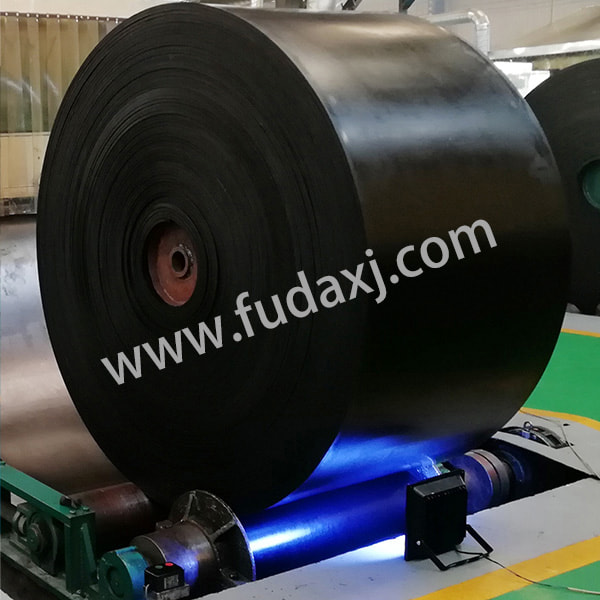
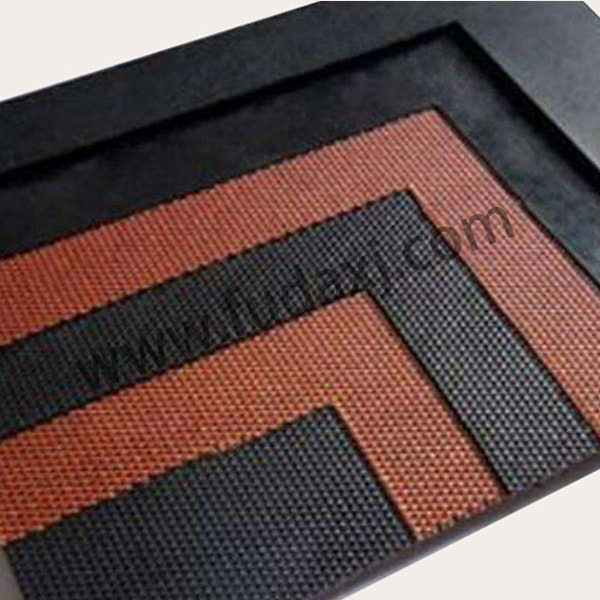

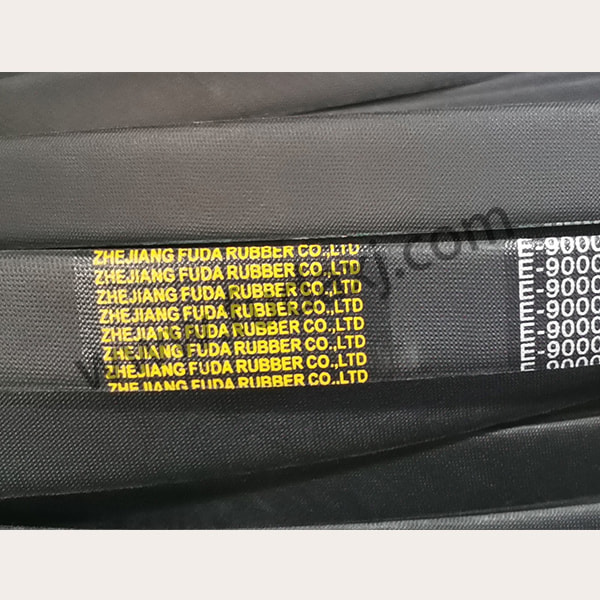
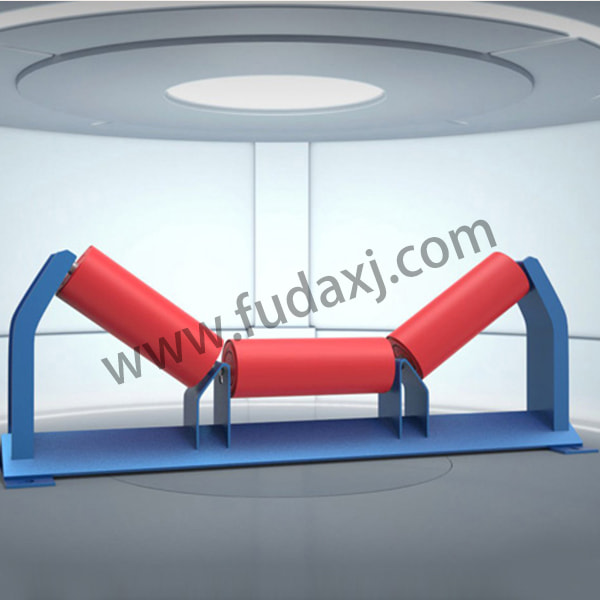

 Fax: 0086-576-83019528
Fax: 0086-576-83019528